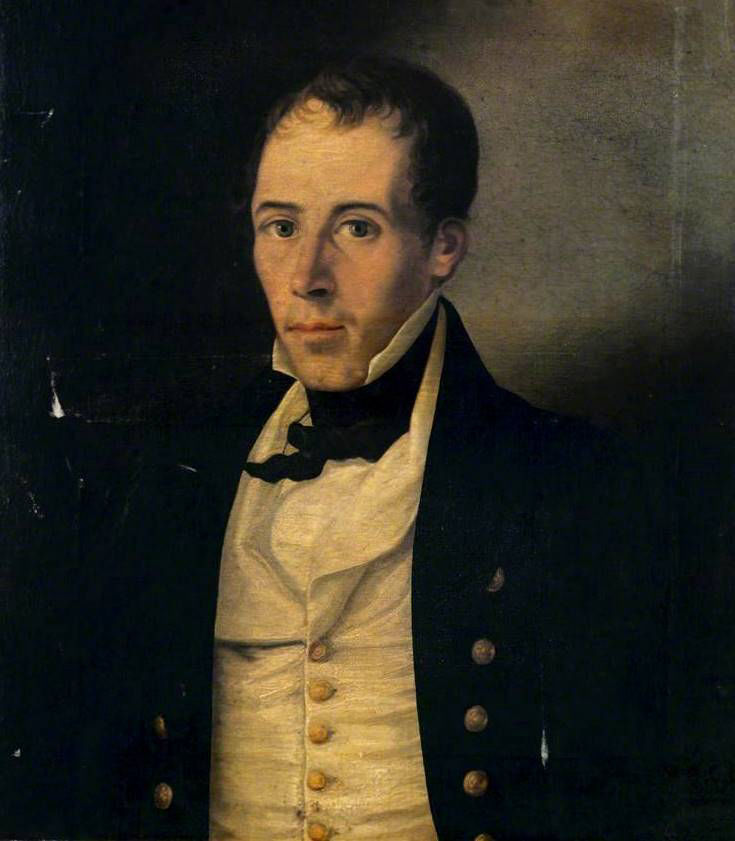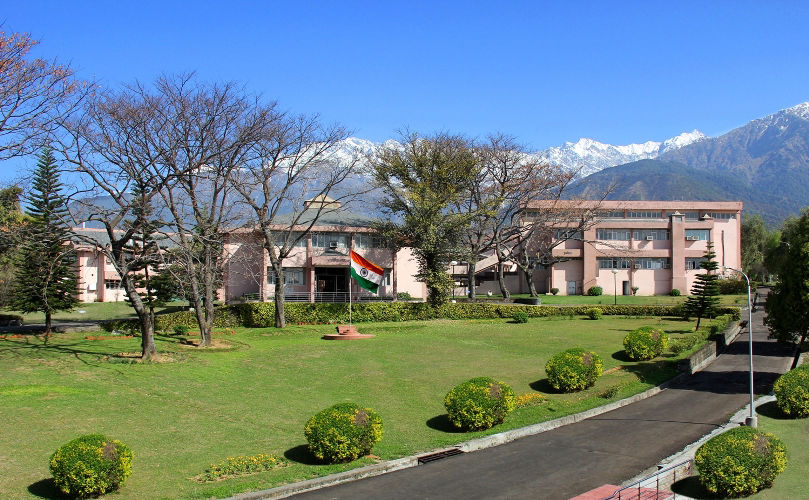Palampur is an important town located in Kangra Valley, a popular hill station amongst holidaymakers, many of who love
Rakkh Resort in Palampur for its 360 Degree offering, including adventure, relaxation, cultural immersions and culinary indulgence. Palampur was once a part of the Jalandhar kingdom.
The town of Palampur itself came into existence when Dr William Jameson (shown above), Superintendent of Botanical Gardens, introduced the tea bush from Almora in 1849. The British were in search of locations in India where they could grow the Chinese Tea owing to the volatile political situation in China.
The tea bush introduced from China thrived at Palampur and so did the town. Thus becoming a focus of the European tea estate owners. One important exception to this was the famous Wah Tea Estate, owned by Nawab Muhammad Hayat Khan of Wah Kingdome, now in Pakistan and his descendants, until 1947. Since then, the
Kangra tea of Palampur has been known internationally. But let us have a closer look at the tea gardens that flank the mountains all around
Rakkh Resort in Palampur.
After Dr Jameson successfully cultivated tea at Palampur, the tea estates grew in success, profit and popularity from the 1850s onwards. A labour-intensive enterprise, this motivated more and more immigrants from all over the state and beyond to settle in Palampur. Not just labourers, but engineers, botanists, experts in tea growing and processing also made Palampur their home. The rapid growth of Palampur prompted its elevation as Tehsil Headquarters from Bhawarna previously. One of the notable settlement of immigrants is that of Nepali Gurkhas at Tota Rani, giving it the title of Little Nepal.
The growing wealth and population with tastes and needs beyond just simple survival prompted the authorities to vastly improve the infrastructure building schools, colleges and hospitals. St Paul’s Senior Secondary School at Palampur built then still stands tall, educating generations of Himachali students.
When the earth shook, shattering many dreams…



